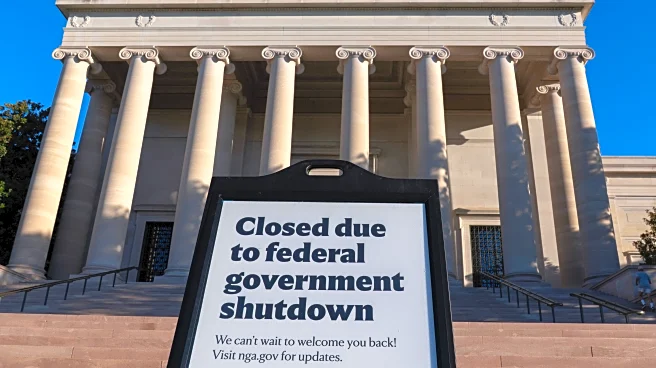What's Happening?
The IRS has announced an increase in the contribution limits for traditional and Roth IRAs for the tax year 2026. Individuals will be able to contribute up to $7,500, a $500 increase from the previous
year. Additionally, those aged 50 and older can make a catch-up contribution of $1,100, up from $1,000. This change is part of the IRS's annual adjustments to tax rules, aimed at encouraging retirement savings. Financial advisors suggest that maximizing contributions to tax-advantaged accounts is beneficial for long-term financial growth.
Why It's Important?
The increase in IRA contribution limits provides individuals with an opportunity to enhance their retirement savings, which is crucial given the rising cost of living and longer life expectancies. By allowing higher contributions, the IRS is enabling savers to potentially accumulate more wealth over time, benefiting from tax-deferred growth. This change is particularly significant for older savers who are closer to retirement and need to boost their savings. The adjustment reflects the government's commitment to promoting financial security in retirement.
What's Next?
Savers are encouraged to review their financial plans and consider taking advantage of the increased contribution limits. Financial advisors may recommend strategies such as lump-sum investing or dollar-cost averaging, depending on individual circumstances. As the new limits take effect, individuals should assess their retirement goals and adjust their savings strategies accordingly.
Beyond the Headlines
The adjustment in contribution limits may prompt discussions on the adequacy of retirement savings vehicles and the need for further policy measures to address retirement security challenges. It also highlights the importance of financial literacy and planning in achieving long-term financial goals.












